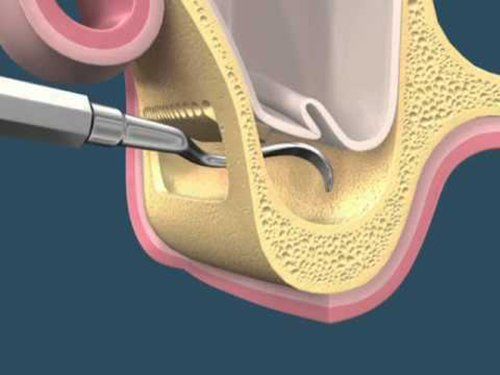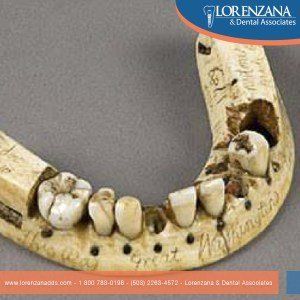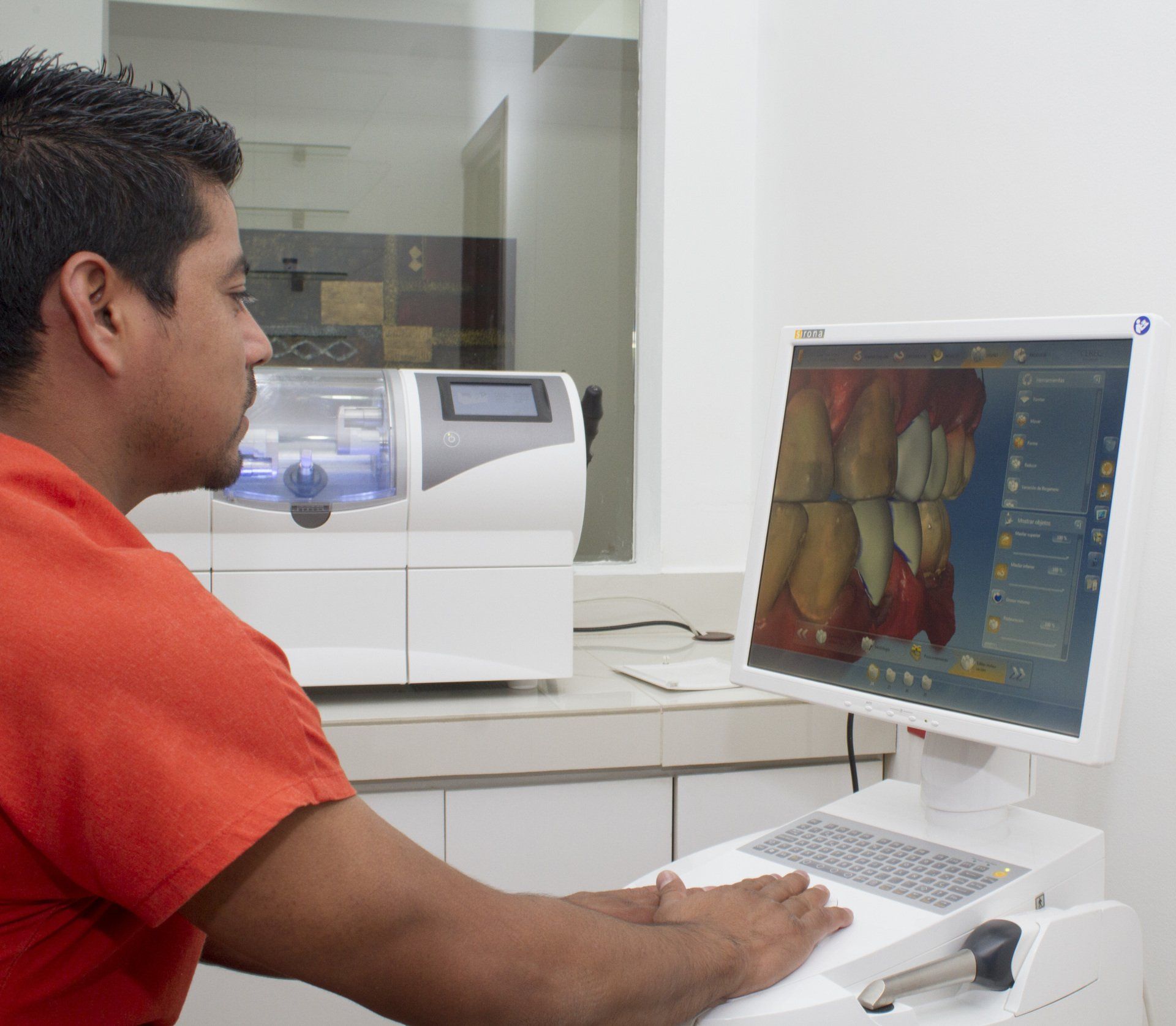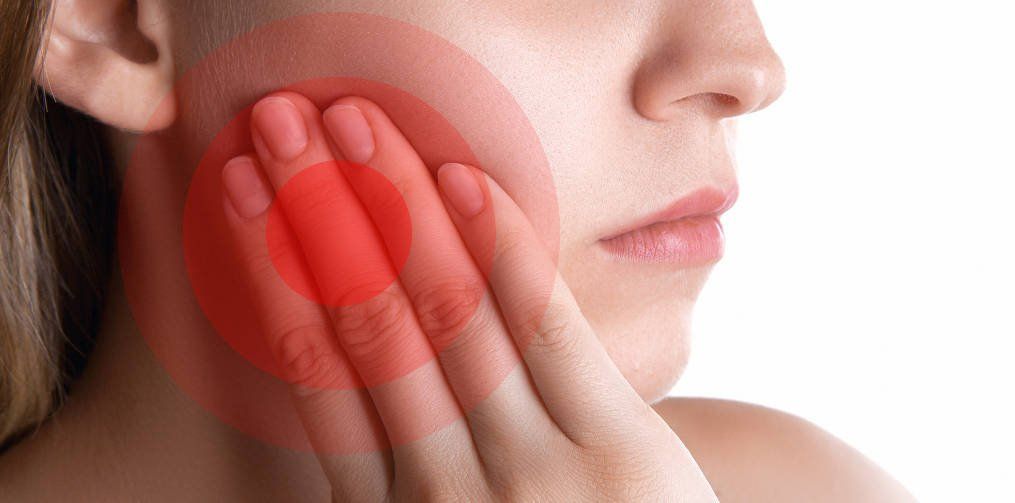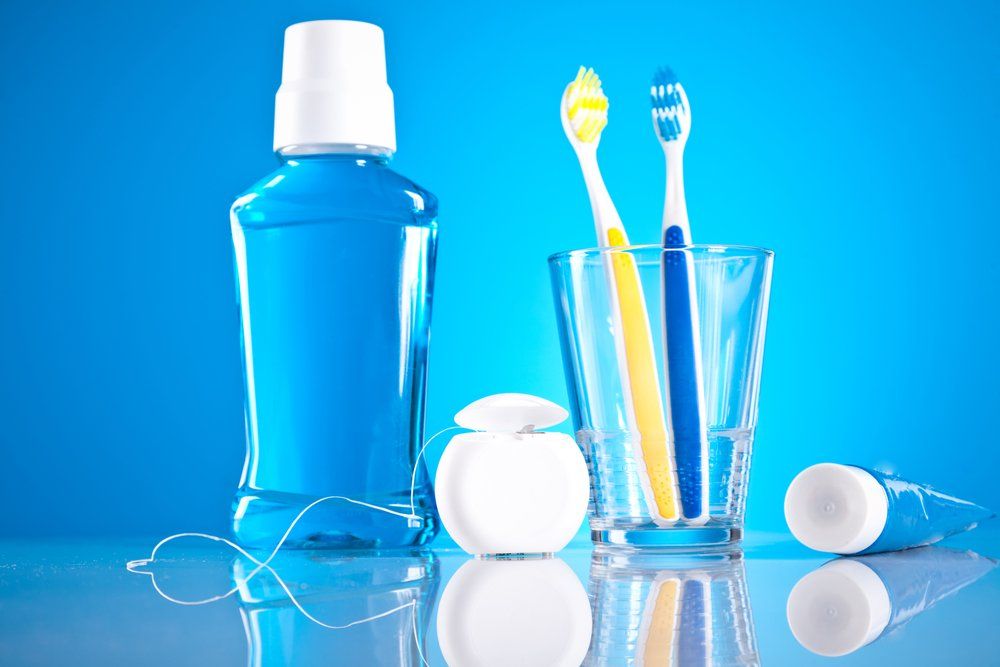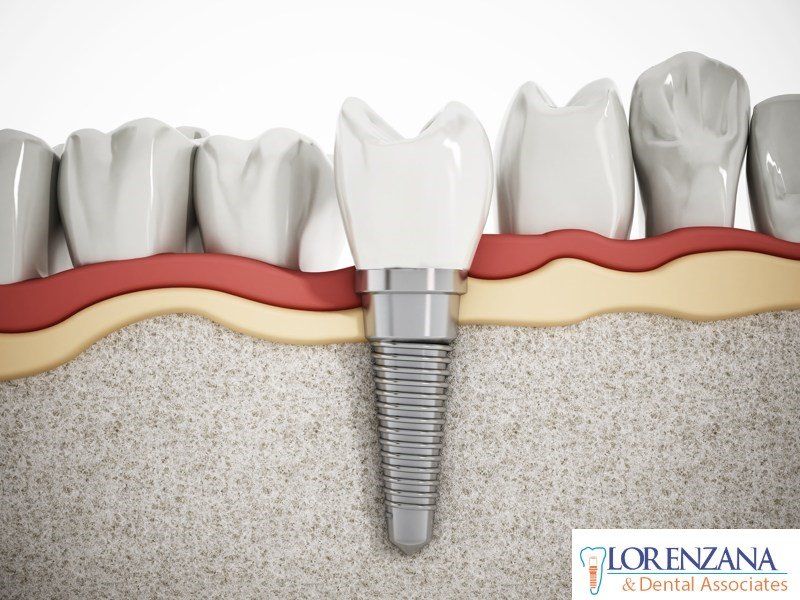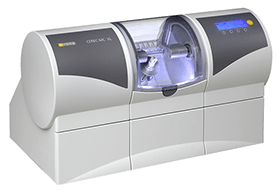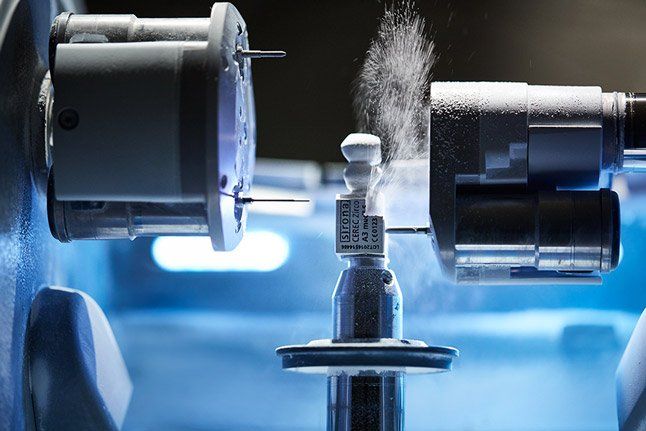L-PRF Platelet Therapy
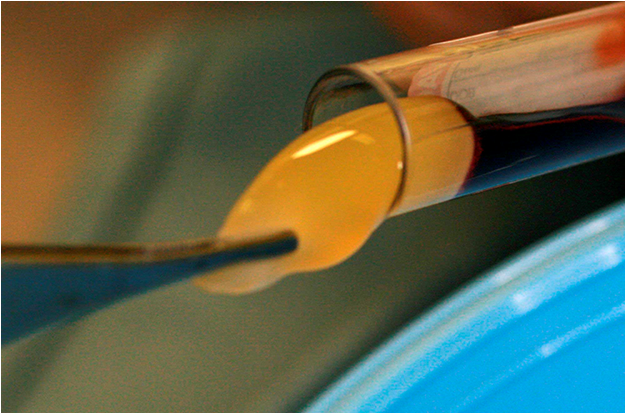
Platelet Fibrin Therapy
Tooth loss and damage to the jaw bone and tissues often result in challenging implant placement. Implants need adequate support in the jaw bone; otherwise, it might result notoriously difficult to stabilize implants, and the post-surgery healing process can turn to be particularly long.
Leukocyte-Platelet Rich Fibrin (L-PRF) is a new therapy that addresses difficult situations like the ones mentioned above. L-PRF is created from a patient's blood sample with the help of the advanced technology built into a device called IntraSpin. Using only the patient's blood and no artificial components, IntraSpin creates a membrane-like substance (L-PRF) that is then used on the patient to improve his/her healing response and recovery time.
Your Own Power to Heal
When you scrape your elbow, your body reacts by creating a clot to stop the bleeding, forming a scab, and regenerating new skin. Platelet therapy works in a similar way. From a sample of the patient's blood, a bioactive compound is created, and it is used to boost the healing forces of the patient's own body.
The therapy is all-natural. It concentrates the platelets and other key blood cells in the patient's body, and then it places the healing power of those cells at the site of the surgery, thus creating a more efficient network for cells to enhance the healing process.
Pure, Simple, Natural Choice
The IntraSpin System is the only procedure of its kind approved by the FDA, and it allows doctors to quickly create L-PRF clots using an advanced, specific centrifuge and protocol. L-PRF is not chemically-altered and does not contain any synthetic, animal, or other human ingredients.
Doctors can place L-PRF in/on surgical sites to promote healing, or they can use it to apply other types of regenerative materials, such as bone grafts, to a specific surgical site.
Source: Intra-Lock System International
L-PRF TERAPIA PLAQUETARIA

Terapia de Fibrina y Plaquetas
La pérdida de dientes y el daño al hueso y tejidos de la mandíbula con frecuencia resultan en una dificultosa colocación de implantes. Los implantes requieren soporte adecuado en el hueso mandibular. Al no existir tal soporte, la estabilización de los implantes puede ser notablemente difícil y el proceso de sanación después de la cirugía puede resultar bastante largo.
La Fibrina Rica en Plaquetas y Leucocitos (L-PRF) es una nueva terapia que trata las situaciones difíciles como las previamente mencionadas. L-PRF es creada a partir de una muestra de sangre del paciente y con la ayuda de la avanzada tecnología en un dispositivo llamado IntraSpin. Usando sólo la sangre del paciente, sin componentes artificiales, IntraSpin crea una substancia como membrana (L-PRF) que luego es aplicada al paciente para mejorar su curación y recortar su tiempo de recuperación.
Tu Propio Poder de Sanación
Cuando te haces una pequeña herida, tu cuerpo reacciona creando un coágulo para detener la hemorragia, formando una costra y regenerando tu piel. La terapia de plaquetas trabaja de una forma parecida. A partir de una muestra de sangre del paciente, un compuesto bioactivo es creado y usado para estimular las fuerzas curativas del cuerpo del paciente.
Esta terapia es 100% natural. Concentra las plaquetas y otras células clave en la sangre y luego coloca el poder curativo de esas células en el sitio de la cirugía, así creando una plataforma más eficiente para que las células intensifiquen el proceso de sanación.
La Opción Pura, Simple y Natural
El sistema IntraSpin es el único procedimiento de su tipo aprobado por la FDA. Este permite a los doctores crear coágulos de L-PRF rápidamente por medio de una centrífuga y protocolos avanzados y específicos. L-PRF no es alterada químicamente y no contiene ningún ingrediente sintético, animal, o de otras personas.
Los doctores pueden colocar la sustancia L-PRF en sitios donde se ha realizado una cirugía para promover la sanación. También pueden utilizar L-PRF para aplicar otros tipos de materiales regenerativos como injertos de hueso.
Fuente: Intra-Lock System International
